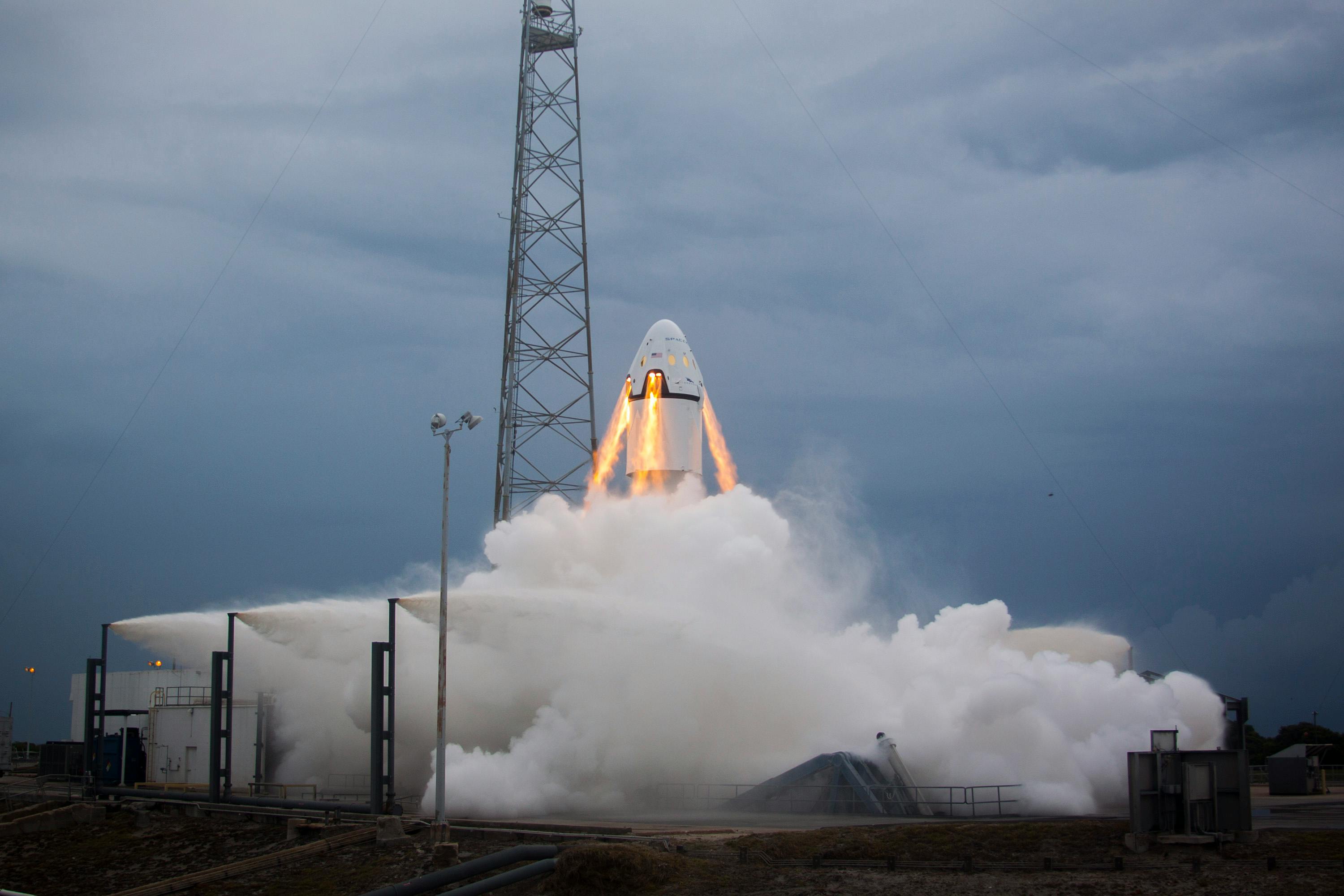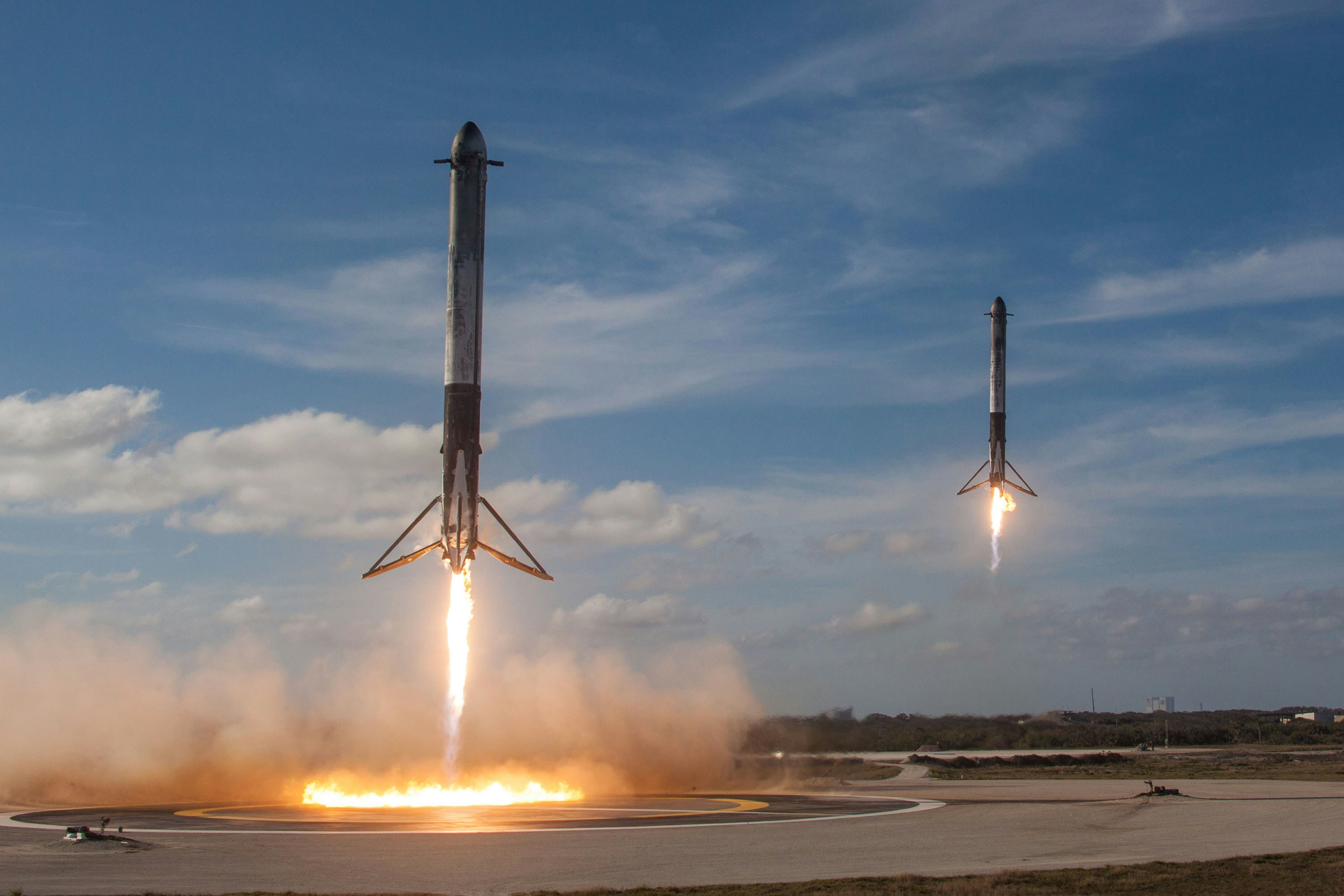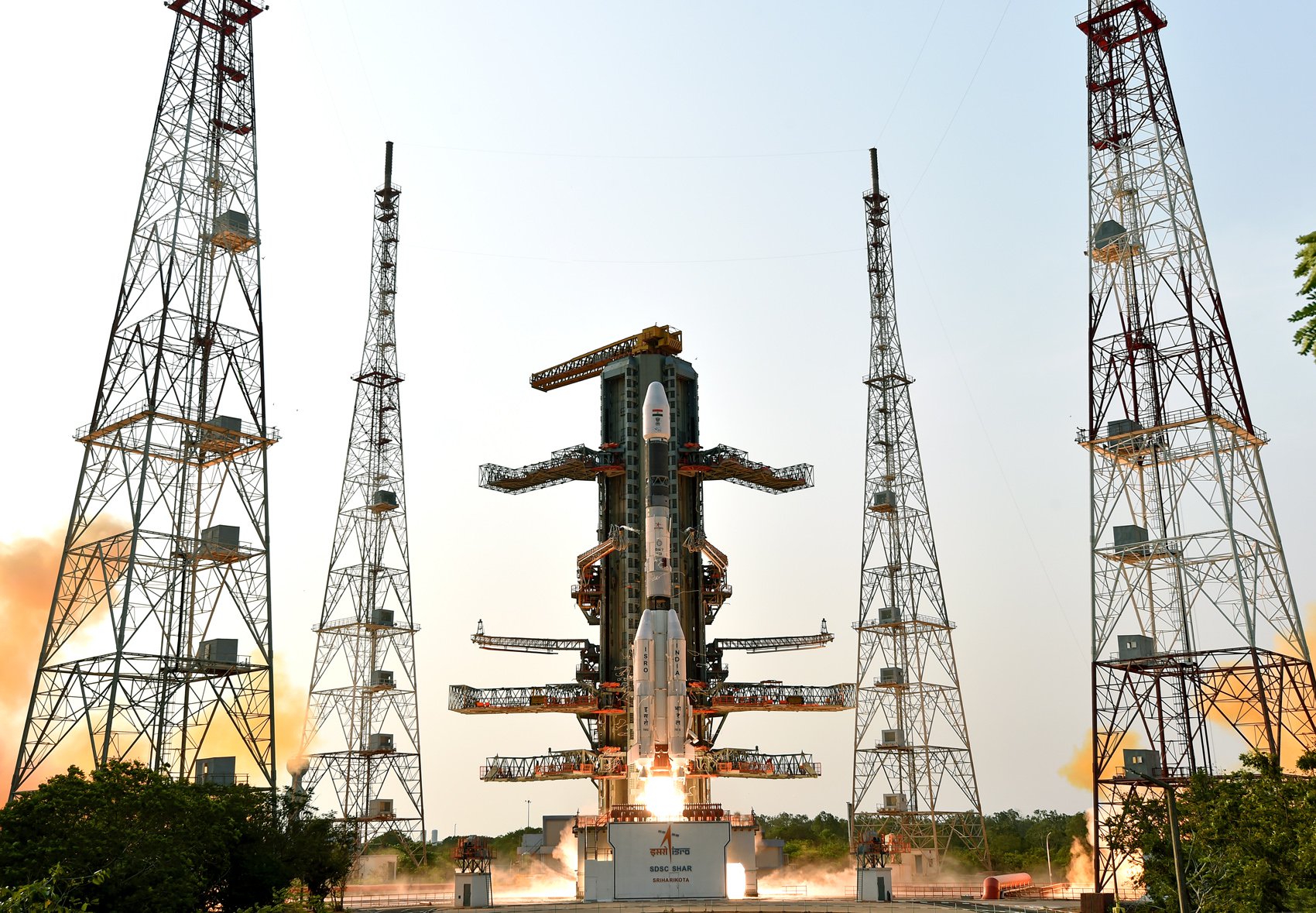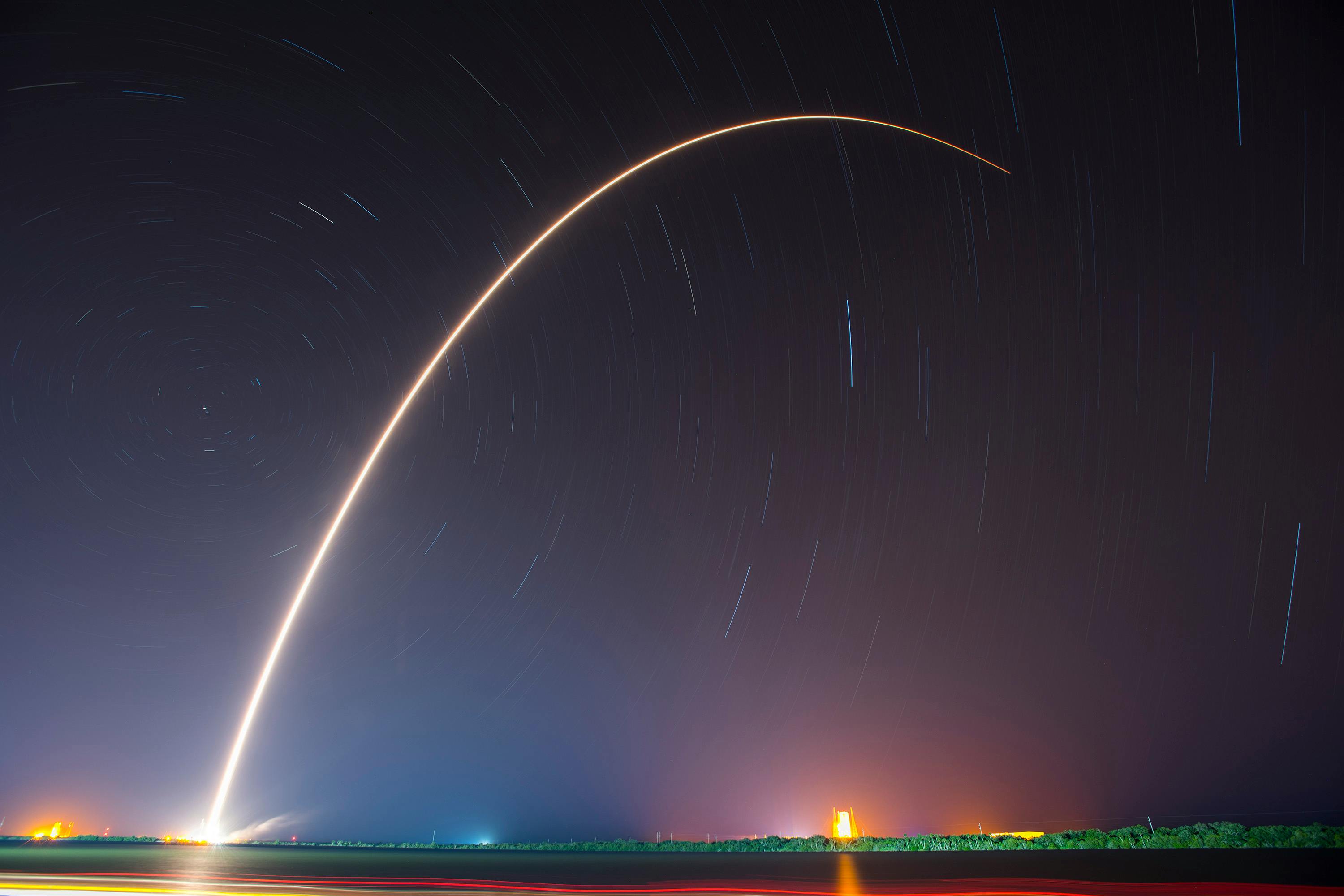· space brief · 4 min read
Space Brief 21 Jan 2025
Today's Space Brief highlights a SpaceX launch of Starlink satellites, international efforts to tackle space debris, and innovative lunar power solutions from China.

📄Top Stories
SpaceX successfully launched 21 Starlink satellites, marking its first mission since the Starship explosion. Additionally, scientists are urging the UN to address space debris as a global issue, while China is exploring the use of orbital lasers for lunar missions.
📰Detailed Coverage
Scientists Call on UN to Address Space Junk Crisis
International scientists are raising alarms over the escalating problem of space debris, urging the United Nations to consider orbital protection as part of its sustainable development goals. The volume of space junk poses significant risks to satellites and space missions, necessitating coordinated international efforts to mitigate the threat.
The accumulation of debris in Low Earth Orbit (LEO) not only endangers active spacecraft but also complicates satellite tracking and management. As this conversation gains momentum, our web app users can track debris incidents and their impact on satellite operations, enhancing awareness and proactive measures in space safety.
Read the full story: Space.com
SpaceX Launches 21 Starlink Satellites
SpaceX has launched 21 Starlink satellites, adding to its expansive internet constellation. This mission, conducted on January 21 from Kennedy Space Center, is the company’s first since the Starship megarocket test ended in an explosion just days ago. SpaceX’s persistent efforts ensure the continued expansion of global internet coverage through its Starlink initiative.
Despite the recent setback, the rapid pace of launches underscores SpaceX’s resilience and ambition. Each new batch of satellites enhances connectivity, beneficially impacting remote and underserved areas. Users interested in real-time satellite tracking can utilize our app to follow these newly launched Starlink satellites.
Read the full story: Space.com
Read the full story: Spaceflight Now
China Investigates Laser Power for Lunar Missions
China is exploring innovative solutions to power its lunar exploration missions, with plans to utilize orbiting lasers to transmit energy to spacecraft on the moon. This forward-thinking strategy addresses significant challenges in powering lunar operations, potentially enhancing the sustainability of long-term missions.
This technology could transform lunar logistics, allowing for uninterrupted scientific operations and communication. The implications of such advancements extend to satellite technology and energy transmission, fostering new possibilities for deep space exploration.
Read the full story: SpaceNews
🛰️Satellite Spotlight
- Satellite Name: OPS 6073
- NORAD ID: 02669
- Launch Date: 1967-010A
- Mission: The OPS 6073, part of the DMSP Block 4A series, supports meteorological monitoring for defense purposes.
- Orbit: Inclination 99.0638°, Period 100.8463 minutes, Eccentricity currently unspecified.
- Operator: Air Force Space Systems Division (AFSSD)
- Fun Fact: The DMSP program represents one of the longest-running and continuous satellite programs, providing critical weather data for military operations.
Current TLE Data:
1 02669U 67010A 25020.94075124 .00000559 00000+0 24151-3 0 9992
2 02669 99.0638 357.8406 0049932 61.2854 299.3331 14.27915877 11223
Track this satellite in real-time on our web app: Track OPS 6073
🚀Upcoming Space Launches
January 21
- SpaceX Falcon 9:
- Starlink Group 11-8 from Vandenberg Space Force Base, CA, USA (15:45 UTC)
A batch of satellites for the Starlink mega-constellation - SpaceX’s project for space-based Internet communication system.
- Starlink Group 11-8 from Vandenberg Space Force Base, CA, USA (15:45 UTC)
January 23
-
China Aerospace Science and Technology Corporation Long March 6A:
- G60 Polar Group 04 from Taiyuan Satellite Launch Center, People’s Republic of China (05:04 UTC)
Possibly Low Earth Orbit communication satellites with Ku, Q, and V band payloads for the G60 constellation operated by Shanghai Spacecom Satellite Technology (SSST).
- G60 Polar Group 04 from Taiyuan Satellite Launch Center, People’s Republic of China (05:04 UTC)
-
China Aerospace Science and Technology Corporation Long March 3B/E:
- Unknown Payload from Xichang Satellite Launch Center, People’s Republic of China (15:22 UTC)
Details TBD.
- Unknown Payload from Xichang Satellite Launch Center, People’s Republic of China (15:22 UTC)
January 24
-
SpaceX Falcon 9:
- Starlink Group 11-6 from Vandenberg Space Force Base, CA, USA (13:54 UTC)
A batch of satellites for the Starlink mega-constellation - SpaceX’s project for space-based Internet communication system.
- Starlink Group 11-6 from Vandenberg Space Force Base, CA, USA (13:54 UTC)
-
SpaceX Falcon 9:
- Starlink Group 10-12 from Cape Canaveral Space Force Station, FL, USA (22:45 UTC)
A batch of satellites for the Starlink mega-constellation - SpaceX’s project for space-based Internet communication system.
- Starlink Group 10-12 from Cape Canaveral Space Force Station, FL, USA (22:45 UTC)
January 25
- China Aerospace Science and Technology Corporation Long March 8A:
- Demo Flight from Wenchang Space Launch Site, People’s Republic of China (09:53 UTC)
Demonstration flight of the Long March 8A rocket with upgraded first stage and boosters engines with payload TBD.
- Demo Flight from Wenchang Space Launch Site, People’s Republic of China (09:53 UTC)
January 28
- Indian Space Research Organization GSLV Mk II:
- IRNSS-1K (NVS-02) from Satish Dhawan Space Centre, India (22:45 UTC)
A replacement satellite for the Indian Regional Navigation Satellite System to provide India with an alternative to GPS.
- IRNSS-1K (NVS-02) from Satish Dhawan Space Centre, India (22:45 UTC)
January 29
- SpaceX Falcon 9:
- SpainSat NG I from Cape Canaveral Space Force Station, FL, USA (04:00 UTC)
First of two new-generation satellites built by Airbus to provide secure communications to the Spanish government and its allies.
- SpainSat NG I from Cape Canaveral Space Force Station, FL, USA (04:00 UTC)
January 31
- Rocket Lab Electron:
- IoT 4 You and Me (Kinéis 16-20) from Rocket Lab Launch Complex 1, Mahia Peninsula, New Zealand (00:00 UTC)
Fourth batch of five satellites for the French Kinéis IoT constellation designed to operate with 25 nanosatellites.
- IoT 4 You and Me (Kinéis 16-20) from Rocket Lab Launch Complex 1, Mahia Peninsula, New Zealand (00:00 UTC)
Note: Launch dates and times are subject to change due to technical or weather considerations.

Maurice Stellarski





